Top 10 books to learn Japanese
“Japanese, Comprehensive” | Pimsleur Pimsleur is another well-respected language company that’s been around for years. Their method ...
https://japancorner365.blogspot.com/2019/01/top-10-books-to-learn-japanese.html
Pimsleur is another well-respected language company that’s been around for years. Their method focuses on speaking and listening through audio, so it’s ideal for students who want to supplement other textbooks or course work with extra listening and speaking practice.
- Excellent source of speaking and listening material for those who don’t have native Japanese speakers to practice with.
- Students quickly gain confidence through speaking and comprehension exercises.
- Level-specific packages or comprehensive sets are available.
Related post: Top 7 free and paid Japanese courses online
“Practice Makes Perfect” | Sato
As the name suggests, this is a practice-based book. Students learn grammar through a series of lessons that teach all the essentials.
- Suitable for beginners, easy to get yourself started and easy to understand.
- Exercises also cover phonetics, writing and other often-neglected areas of language learning.
- Usage dictionary included.
- Exercise-based approach helps students internalize grammar.
Tae Kim runs a popular blog about Japanese, Chinese and “a dash of Korean.” He has published his own grammar book through Amazon’s self-publishing platform, for those who want a physical copy of his blog’s content.
- Extremely detailed and comprehensive: covers grammar, writing, phonetics and more.
- Useful as a reference.
- Includes examples and vocabulary used by Japanese in the real world today, such as casual speech and slang.
- Recommended for long-term students who want a systematic, thorough approach and who don’t mind starting with the “hard stuff.”
This book covers all the essentials in 160 pages. It’s organized logically for easy reference and offers a good way for beginners to get up and running quickly.
- Short yet comprehensive: all major grammatical concepts are included and explained, without the fluff.
- Suitable as a reference and includes tables that aid quick assimilation.
- Bonus audio material online.
- Has section with cultural information.
This book is focused on verbs and their usage. The book explains how verbs work and how they conjugate. It relies heavily on exercises to ensure that students understand the material as they progress.
- Excellent for beginners and intermediate students who want a solid understanding of verbs.
- Exercise-oriented approach makes it ideal for self-study or students who want hands-on practice.
- Book includes several appendices and methods for looking up verbs.
This book organizes thousands of common Japanese words into categories. It’s excellent for beginner and intermediate students who wish to focus on specific areas or supplement their own studies with vocabulary.
- Very reasonable price at less than $10.
- Small yet comprehensive.
- Romaji makes it easy for beginners and topical organization lets students emphasize particular areas as needed.
Here’s another vocabulary builder that organizes terms by topic. Words cover a variety of subjects such as law, the Internet, dentistry, culture, history and more.
- Useful for beginner and intermediate students who want to supplement studies with vocabulary.
- Kanji and kana included with easy-to-read fonts.
- Topics can be very detailed, so this is helpful for students who want to expand their vocabulary.
This is a reasonably priced dictionary with tens of thousands of entries, ideal for beginner and intermediate students. The dictionary is divided into two sections, a Japanese-English section and an English-Japanese section.
- The Japanese-English portion orders entries by the English alphabet, so it’s quite easy to find words.
- Entries include Japanese kana.
- The number of entries makes it suitable for long-term use.
This dictionary includes furigana — small hiragana written above kanji — to help students know how to pronounce words. Like the Random House dictionary, it’s divided into a Japanese-English and an English-Japanese section. The Japanese-English section is written in Japanese kana, not romanji.
- The Japanese-English section, ordered by kana, helps students learn the native Japanese kana order.
- Suitable for beginner and intermediate students.
- Example sentences included with each entry.
- Compact and portable.
This dictionary has been the industry standard kanji dictionary for years. The Nelson dictionaries, both the compact and standard versions, include enough characters for most students. Kanji can be looked up by radical, pronunciation, stroke count and more.
For a comparable dictionary that includes a different system of indexing and more characters, see “The Kanji Dictionary” by Spahn.
- Excellent for students of any level.
- Each kanji includes a long list of vocabulary words.
- A variety of appendices and indexes for additional look-up methods.
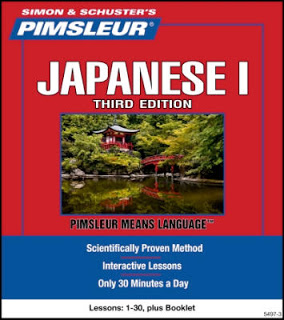
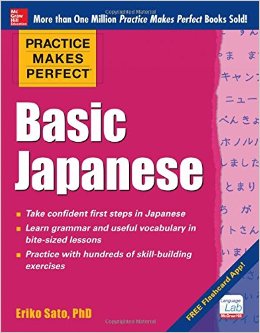
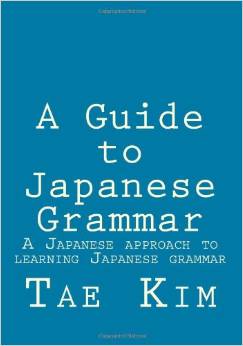
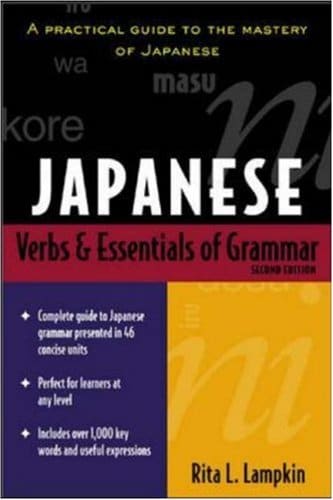
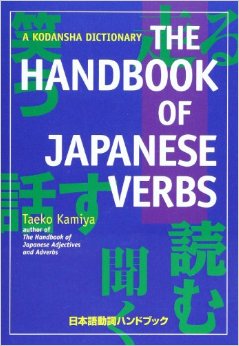
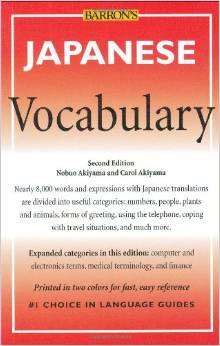
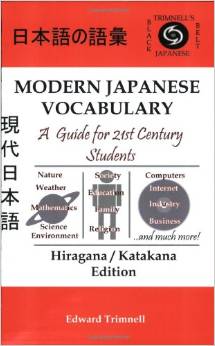

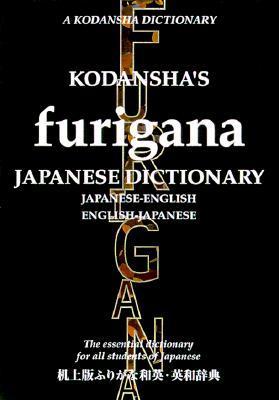
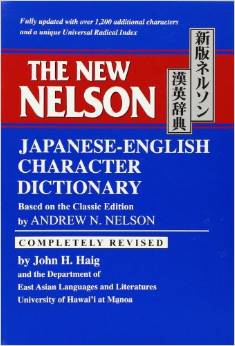


Baccarat & Live Dealer Game: Play online from home
ReplyDeleteIf you 온카지노 want to play from home, 인카지노 we have prepared a 바카라사이트 real casino game with the best live games. In this game, you bet on the number of lines in the